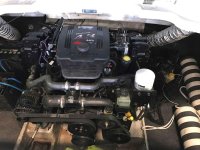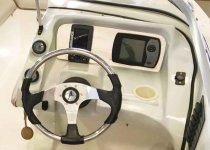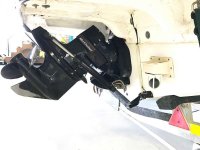deejaycee_2000
Banned
Hi Guys, firstly I would like to introduce myself, I am DJ from South Africa and recently bought my first inboard boat with a MerCruiser 4.3 MPI inboard motor. I have only ever had 2-stroke outboards, raced them, serviced them, built them. I use to be a valuable long time member of the iBoats forum up until they decided to block South Africa from their forum servers. This was quite a few years ago and using an anonymous proxy to try and help others become too much of a mission and I withdrew myself completely. I was well known in the Yamaha / Suzuki / Tohatsu / Mercury / Mariner / Inflatable Boats / Wakeboarding threads.
Anyway I don't want to bore anyone with my history story and I hope this is the correct place for me to ask my question about the MerCruiser inboard.
I hope someone can maybe help me or direct me in the right direction. I have no idea how to operate this engine, are there any procedures I have to go through before starting it up, things I need to do before putting it away etc etc. the guy I bought it from haven't used the boat in a few years and could not give me any details. Keeping in mind I am use to 2-stroke motors, are there a tell tale to show it is cooling? How do you get use to not being able to see the trim on the leg etc. I apologise if this sounds stupid but I would love it if someone can give me a quick run down and some tips on how to operate and look after this machine.
Anyway I don't want to bore anyone with my history story and I hope this is the correct place for me to ask my question about the MerCruiser inboard.
I hope someone can maybe help me or direct me in the right direction. I have no idea how to operate this engine, are there any procedures I have to go through before starting it up, things I need to do before putting it away etc etc. the guy I bought it from haven't used the boat in a few years and could not give me any details. Keeping in mind I am use to 2-stroke motors, are there a tell tale to show it is cooling? How do you get use to not being able to see the trim on the leg etc. I apologise if this sounds stupid but I would love it if someone can give me a quick run down and some tips on how to operate and look after this machine.




